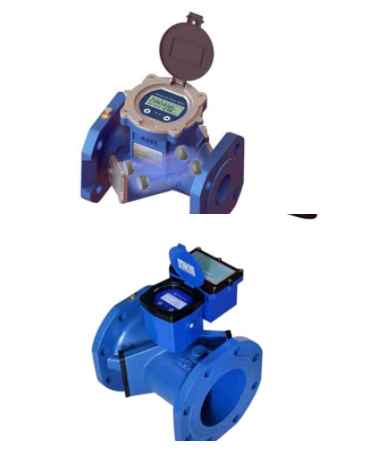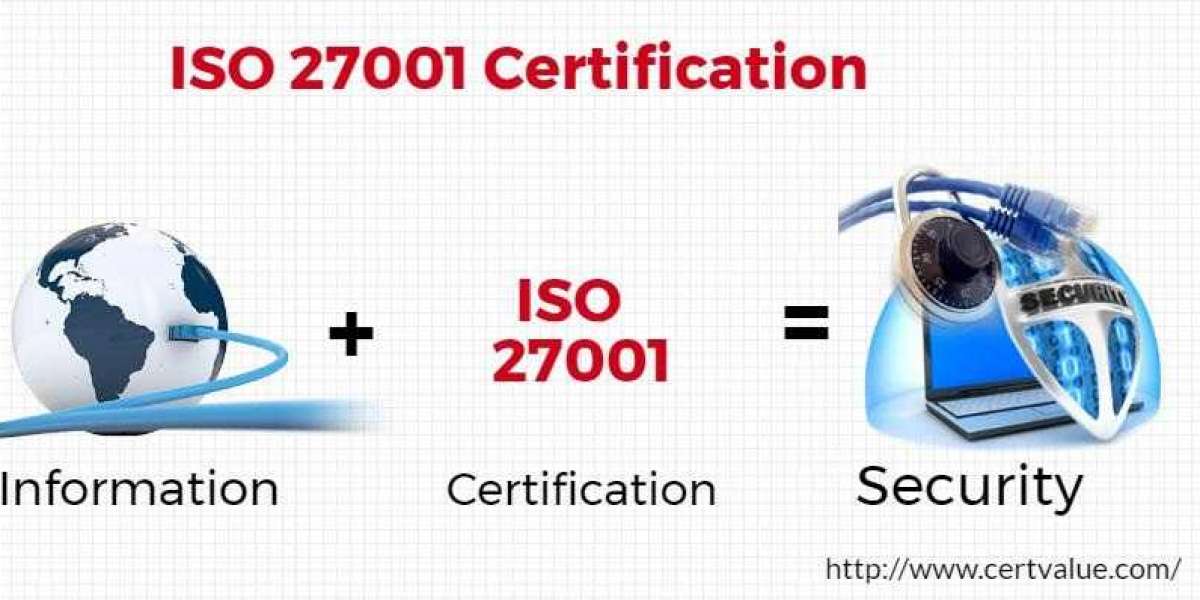An ultrasonic water meter is a type of water meter that uses sound waves to measure the amount
An ultrasonic water meter is a novel form of water meter that detects the time difference caused by the speed change in the water as the ultrasonic sound beam propagates upstream and downstream, then analyzes and processes the water velocity to further accumulate the water flow.
The ultrasonic water meter is a fully electronic water meter that works on the ultrasonic time difference concept and is made with industrial-grade electronic components. It boasts excellent precision, strong dependability, a broad range ratio, a long service life, and no moving components as compared to mechanical water meters. There is no need to define settings, and the installation can be done at any angle.
It can eliminate many of the problems associated with standard water meters because to its superior small flow sensing capabilities. Water charges can be charged in a more progressive way. It is more suited to water resource conservation and reasonable use. It has a wide range of market and application possibilities.
Ultrasonic Water Meter Characteristics
- Lowering the flow to millimeter grade is the first step in the process.
- 9 digital lines for accumulative flow and 4 digital lines for immediate flow are displayed on a multi-line digital LCD display.
- There are no moving parts in this design, which gives it a high level of reliability.
- Two-channel isolated pulse output, pulse equivalent, and output pulse can all be customized to your liking.
- Optional 4-20mA output on a two-wired system
- Lithium battery built-in with a 6-year life expectancy
- For a long period, it can save power automatically when the pipe is empty or the liquid is static.
- For a long life and high expectation, the resin is vacuum sealed IP68. Cumulative chronological record
- The RS485 interface is the industry standard.
- Support for CJ-188 communication through infrared communication interface MODBUS and M-BUS communication protocols are supported.
- TTL levels pulse output and USART interface, making it simple to connect low-power equipment.
- The PT1000 temperature transducer has two channels and can be used to measure heat.
The Working Principle of an Ultrasonic Water Meter
First and foremost, consider the ultrasonic water meter's measurement principle:
Ultrasonic water meters use the difference between the downstream and upstream propagation of sound waves in the water to calculate the flow velocity of the water, as well as the cumulative flow of water per unit time, using a measuring formula.
The component that releases sound waves and receives sound waves in return is referred to as a transducer. The term "mono ultrasonic water meter" refers to an ultrasonic water meter having two transducers.
An ultrasonic water meter with more channels should theoretically have a higher measuring accuracy. Because the wider the water meter is to measure the water flowing through the pipe segment, the more sound channels there are. The more measurements taken, the more reliable the information gained.
However, there is a significant cost rise as a result of the shift. To meet the standard measurement criteria, it is recommended to employ two channels if it is not particularly necessary.
Two-channel ultrasonic water meters are typically used only for DN100 and higher.








